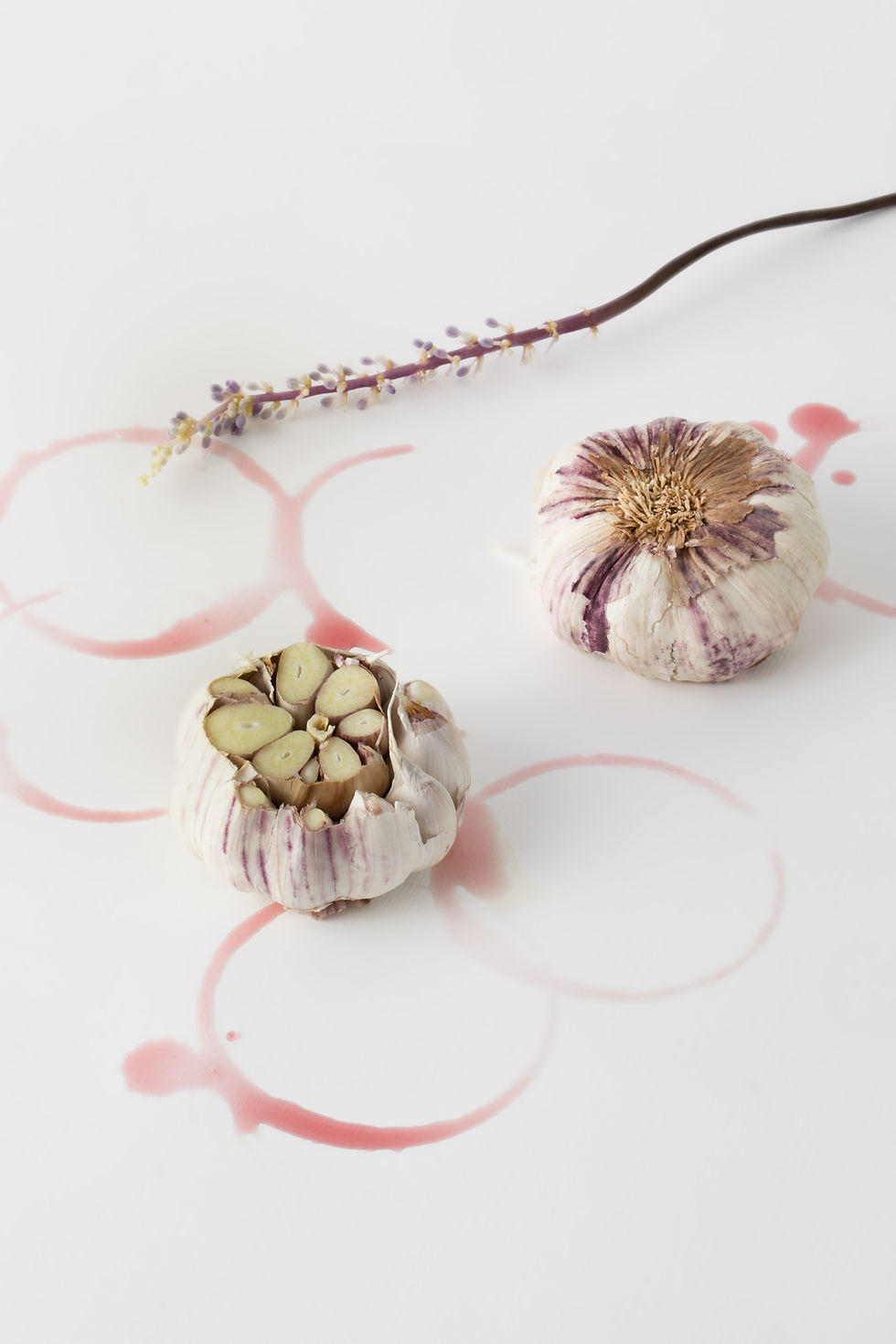Strategic Allergy Management and Low-dose Immunotherapy
- Jul 9
- 2 min read
Allergies are primarily characterized by
itching skin
hives or rashes
Itchy, red, runny nose, eyes, ears and palate
sneezing, stuffy nose or pressure in the sinuses
breathing difficulty: asthma, wheezing, phlegm production, cough
These symptoms are reactions typically to environmental exposures:
Outdoor and seasonal -- grasses, trees, pollens, molds, ragweed
Indoor -- dust, dust mites, mold spores, animal danders
Foods -- can be from contact (rash on the face or hands), inhalation of food proteins or ingestion through eating

Conventional or standard medical treatments are often tiered, starting with gentler treatments and moving to stronger interventions and testing if symptom relief isn't achieved.
steroid nasal sprays
oral anti-histamines like Reactine, Claritin, Aerius
skin prick testing with an allergist (MD)
inhalers for asthma symptoms or cough such as Symbicort
oral immunotherapy is a daily small dose for food allergy reduction
allergy shots over a long period of time (allergists only)

Complementary & Alternative Allergy Treatment Strategy
Overall, the goal is to "lower the load" meaning we want there to be less allergy burden AND we want less reactivity with exposures. We often use the analogy of an overflowing bucket. It is helpful to reduce filling the bucket AND to open the taps.
If possible, avoiding or minimizing exposure to suspected allergens.
Testing for food sensitivities in order to guide food choices
Enhanced air filtration and cleaning your home and car often (especially the bedroom)
Supplements can play roles such as mast cell stabilizers, acting like gentler, natural anti-histamine agents.
Botanical/Herbal medicines as teas, capsules or liquid tinctures to modulate the immune system
Topical treatments such as eye drops, nasal sprays and creams
Low-dose allergen therapy / Low-dose immunotherapy
Low dose Immunotherapy
LDA/LDI an oral liquid treatment based on the principles of homeopathy: a low dose exposure to a substance, especially delivered under the tongue, can teach the immune system to tolerate rather than react to that allergen or histamine trigger.
LDI can be used to treat the following:
Allergies
Skin concerns: eczema, rashes, chronic hives
Reactivity to indoor molds
Immune flares in response to hormone fluctuations
Digestive flare-ups, especially pain, vomiting or frequent loose stools
Chemical and scent sensitivities
Pediatric allergy concerns: FPIES, itchy skin, persistent gut concerns
Advantages of Immunotherapy
Non-invasive. Drops are administered under the tongue. No injections.
Excellent safety record.
Able to administer at home.
More control over dose. Treatment can be easily tailored to response.
Less reliance on pharmaceutical allergy management
Administered every 5-8 weeks (typically results wear off around 7 weeks post-treatment).
Disadvantages of Immunotherapy
Not covered by most insurance plans, despite its excellent safety record and cost effectiveness. Considered a supplement.
Varying dosing regimens. Must be tailored to individual patient. May take a few months to find the best allergen mix and dose strength.
Conventional allergists do not generally advocate for LDI therapy
Rare but possible temporary flare-up in allergic symptoms (typically 48 hours or less)
Contact our clinic for more details and to book a visit for allergy management options.






Comments